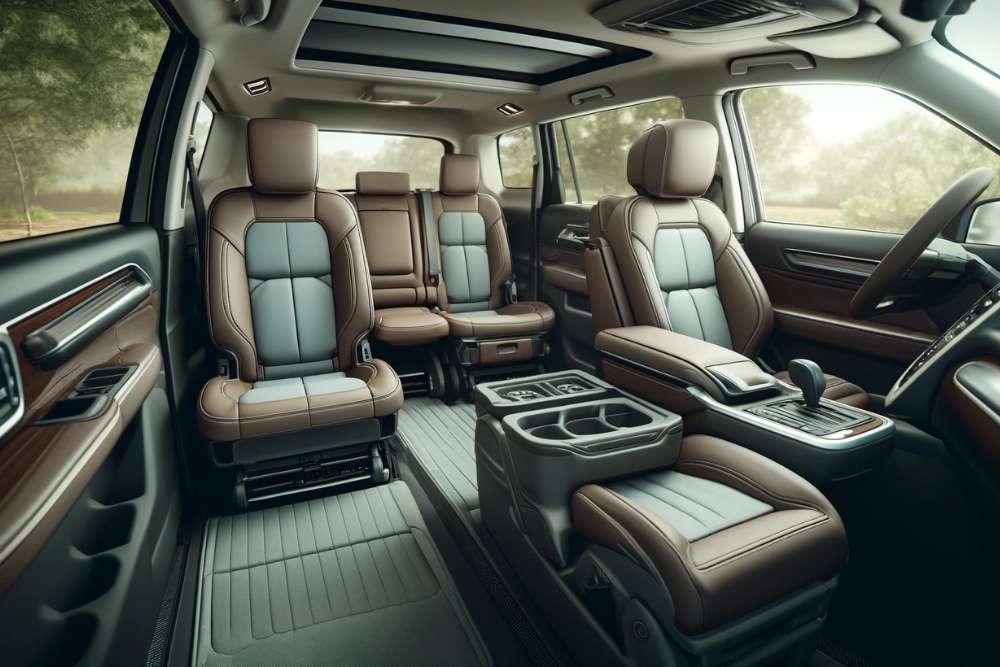Riding the Wave: Ultra Wideband Technology Shapes the Future of Connectivity
Introduction: In the ever-evolving world of wireless technology, there's a new player on the field that's set to redefine the boundaries of connectivity: Ultra Wideband (UWB) technology. This under-the-radar wireless communication protocol is gaining ground, promising unprecedented accuracy in spatial awareness and positioning, and opening up a new realm of possibilities for tech innovations.

Delving into Ultra Wideband: A Backgrounder
Originally developed for military radar systems during the 1960s, UWB has been relatively underutilized for decades due to regulatory restrictions. However, the technology has found new life in the 21st century, with its capabilities recognized by tech giants like Apple and Samsung. UWB operates by transmitting information spread over a large bandwidth (>500 MHz), enabling it to achieve high bandwidth communications with low power levels.
UWB: The Game Changer in the Current Tech Scenario
The real game-changer is UWB’s precision. Unlike Wi-Fi and Bluetooth that offer location accuracy to within a few meters, UWB technology can pinpoint objects with a tenfold increase in accuracy, down to the centimeter. This makes it an ideal choice for applications requiring precise positioning and tracking, such as augmented reality, smart homes, and secure keyless entry.
Ultra Wideband and the Market Landscape
While the UWB technology market is still relatively nascent, it’s expected to witness substantial growth in the coming years. Market research suggests that the UWB market could be worth as much as $2.7 billion by 2025. The technology is already being embedded in high-end smartphones, with Apple’s iPhone 11 and Samsung’s Galaxy Note 20 Ultra leading the pack.
The Impact of UWB on Future Technology
The potential implications of UWB technology are vast. It could revolutionize real-time location systems, offering capabilities such as guiding you directly to your lost keys or allowing your car to recognize you as you approach. Furthermore, in an era where contact tracing is increasingly important, UWB could provide an accurate, reliable solution.
Navigating the Challenges of UWB
Despite its potential, UWB technology still faces challenges. Its high frequency and low range mean it requires more power than other wireless technologies. Moreover, as it’s still a developing field, there’s a lack of standardization across devices. Nevertheless, with tech giants investing heavily in the technology, these hurdles are likely to be overcome in due course.
As we continue to ride the wave of technological advancements, it’s clear that UWB technology is set to play a significant role in shaping our interconnected future. With its ability to deliver precision in positioning and spatial awareness, UWB may well be the next big leap in wireless communication. And like any new technology worth its salt, it promises to redefine our understanding of what’s possible.




